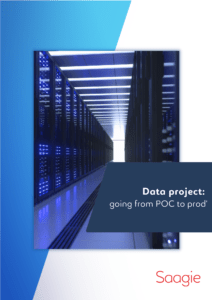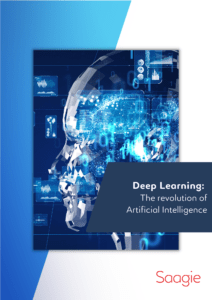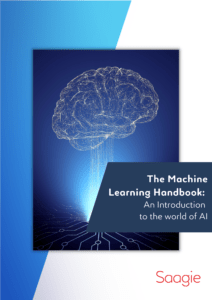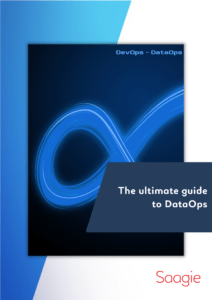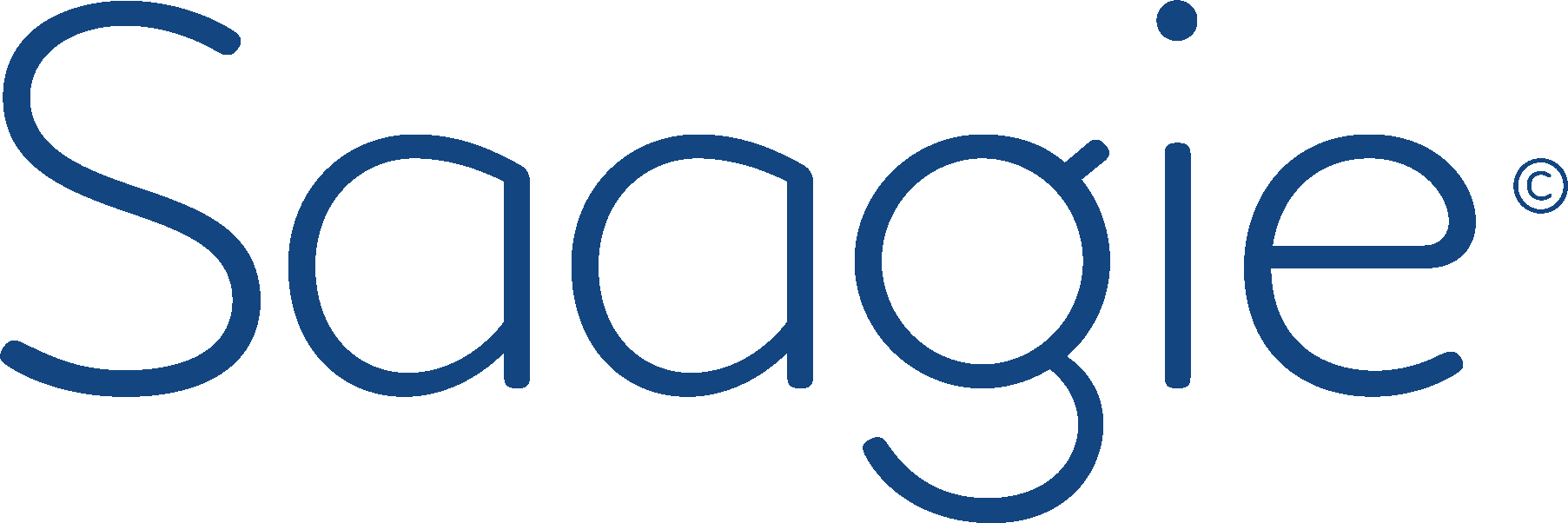A Data Science platform is a software solution made for data analysis and processing. Data scientists using the platform will have access to a reliable tool allowing them to work collaboratively within the same digital environment. The objective of the platform is to allow businesses to efficiently convert data into predictions.
This collaborative approach is the heart of the Data Science Platform, allowing any number of specialized teams in a company to use the platform, both for development and creation of new data products. It’s a comprehensive tool which will facilitate the development of a Data Science project from A to Z. Its main advantage lives in having the capacity to collect data from scientists, data analysts and operators to increase productivity and efficiency. Within this dedicated environment, this allows for multiple Big Data technologies and the various languages they use to coexist and work together intelligently.
Data Science platforms have a wide range of applications available for businesses. For example, it’s possible to use a Data Science platform to conduct marketing analyses, to manage data, to perform predictive maintenance or to detect fraud. The technologies commonly used in the business world such as Java and C, can sometimes be incompatible with those used on other platforms such as R or Python. More importantly, the volume of data being processed can sometimes proves itself to be problematic if not managed correctly.
What is a Big Data Platform?
A Big Data platform is a software framework for storing and processing large volumes of data. It’s essential for companies wishing to successfully carry out their Big Data projects. By ensuring the processing of a large amount of data, a Big Data platform, with its processing power and storage capacity, can support a potentially infinite amount of tasks, thanks motly to its scalability. Today, the increasing volume of data and the diversification of their sources, demands the use of increasingly sophisticated tools. This is the main asset of these platforms, allowing fast and fluid processing.
The Data Science platform allows for storage of data (text, images, videos) without the need to process them beforehand (thanks to the Data lake). Data analysis calls for the use of advanced technologies and so to ensure optimum speed, the treatment of Big Data involves the use of artificial intelligence and more specifically, automatic learning, or “machine learning“. One of its derivatives, deep learning, allows for continuous learning and the detection of correlations that may not be immediately obvious. Currently, deep learning is widely used by companies offering visual recognition tools.
Nowadays, many companies are already using Big Data platforms. One of the advantages of this type of platform is to be able to handle the storage of these large volumes of data. The cost of this operation can present a challenge for companies moving from a “scale up” model of data storage architecture to a “scale out” model. Storing and archiving data from different sources and formats at a reasonable price can be a huge benefit to a business. For example, companies can keep data from commercial transactions or accounts on social networks for a long time, pending the moment when they find a use for them, with a storage cost generally less than on a “classic” DBMS (Scale up). The Data Science platform offers a wide range of analytical tools to manage the collected data. Without the need for additional investment, this is a way of finding new opportunities for innovation within a company. Such a platform can also provide a search engine function. The analysis of the data will lead to the creation of a “this could interest you” system, a service widely used and appreciated by internet users and many companies.
From Data Science to Production
For businesses, one of Big Data’s key issues is to move from Data Science to production. This needs to be addressed through a platform adapted to ensure easy management of all the data in the company. With Data Fabric, we have developed an efficient way to use the Data Science for real benefits. For this, the platform uses both artificial intelligence and machine learning. The goal is to secure the processing and operation of vast amounts of data. Saagie’s Big Data platform allows you to speed up your digital transformation process drastically, using a single platform. This allows all the operatives within any Data Science company, from the chief executive to the data engineer, to be able to collaborate using a single platform.
Today there are a large number of Big Data technologies that make it possible to optimize data processing. These can be NoSQL databases, such as Redis, Cassandra, or MongoDB or Server infrastructures able to facilitate the processing of massive data, including the famous Hadoop framework .Technologies advocating real-time processing, such as Apache Spark can be found. Varied Big Data architectures such as LAMBDA, Kappa and SMACK; or for storing data in memory to minimize requests for processing times. Big Data solutions are booming, with studies announcing an annual growth of 12% until 2020 for this market. At Saagie we’ve been able to unify many of these technologies on a single platform !
For businesses, Data Science Platforms offer a ready-to-use solution which provides the certainty of being able to extract, view and exploit data using a single tool. Through the use of predictive algorithms, this allows for the complete management and analysis of data with ease and confidence. Our Data Science platform allows you to process all the Data Science being used across all your data sources.
The Five Components of a Full-Stack Data Platform
Data is a vast subject and making data easily accessible to anybody is a big challenge.
In order to get there you ideally need an end-to-end or fullstack data platform. To help you understand what is needed to create such a platform, the main interface of Saagie Manager gives you some great insights.
We have divided the screen into five components. Obviously not all components are mandatory. Also, we will not go into further details on the various and evolving technologies that you may use within each component.
At the bottom, you will find two building blocks related to the storage of data.
Datalake services are at the core of a big data platform that allow you to store data, explore that data and comprise various tools to query the data. In this category you will find in the near future the processing capacity associated with the creation of artificial intelligence algorithms.
Datamart services are not mandatory but often useful for visualisation purposes where responses in milli-seconds are required. Users expectations are extremely high: nobody wants to wait for a graph to refresh. In addition, datamarts are helpful to isolate and secure data for specific businesses purposes.
The jobs that work with data can be presented in three categories.
Extraction jobs make sure that data is collected from a wide range of structured or unstructured data sources, in batch or through streaming. The nice thing about a datalake is that you don’t need to pre-agregate data, you just store it.
Processing jobs are an essential component of your data platform. They help you to cleanse data and to apply all kinds of algorithms. Easy to use pre-configured datascience notebooks are made available, and you can even deploy directly from your RStudio jobs on the platform.
Smart apps are the final component. We consider this a key part, because applications are often the visible part of the data iceberg. Here you visualize data by custom apps, data story telling tools or even your existing BI tools. As in other parts, Docker technology is there to make integrations seamless. You want to export a score into your CRM or an email to your customer success over on a customer that my churn, you can code that very easily with Docker.




